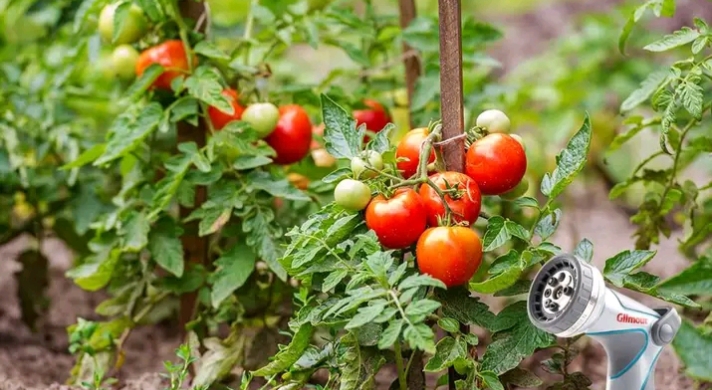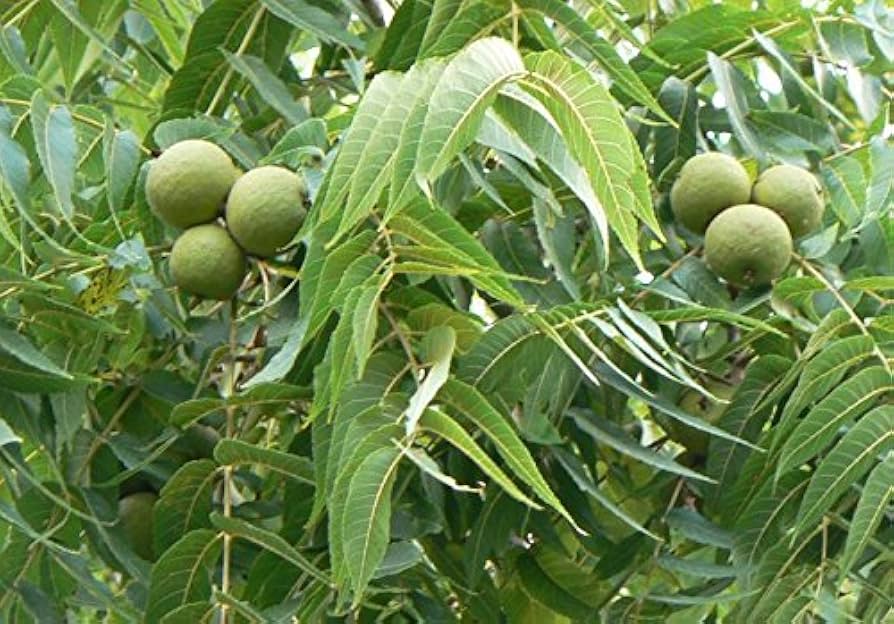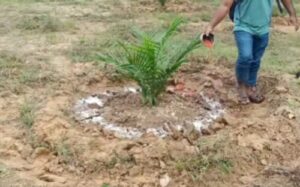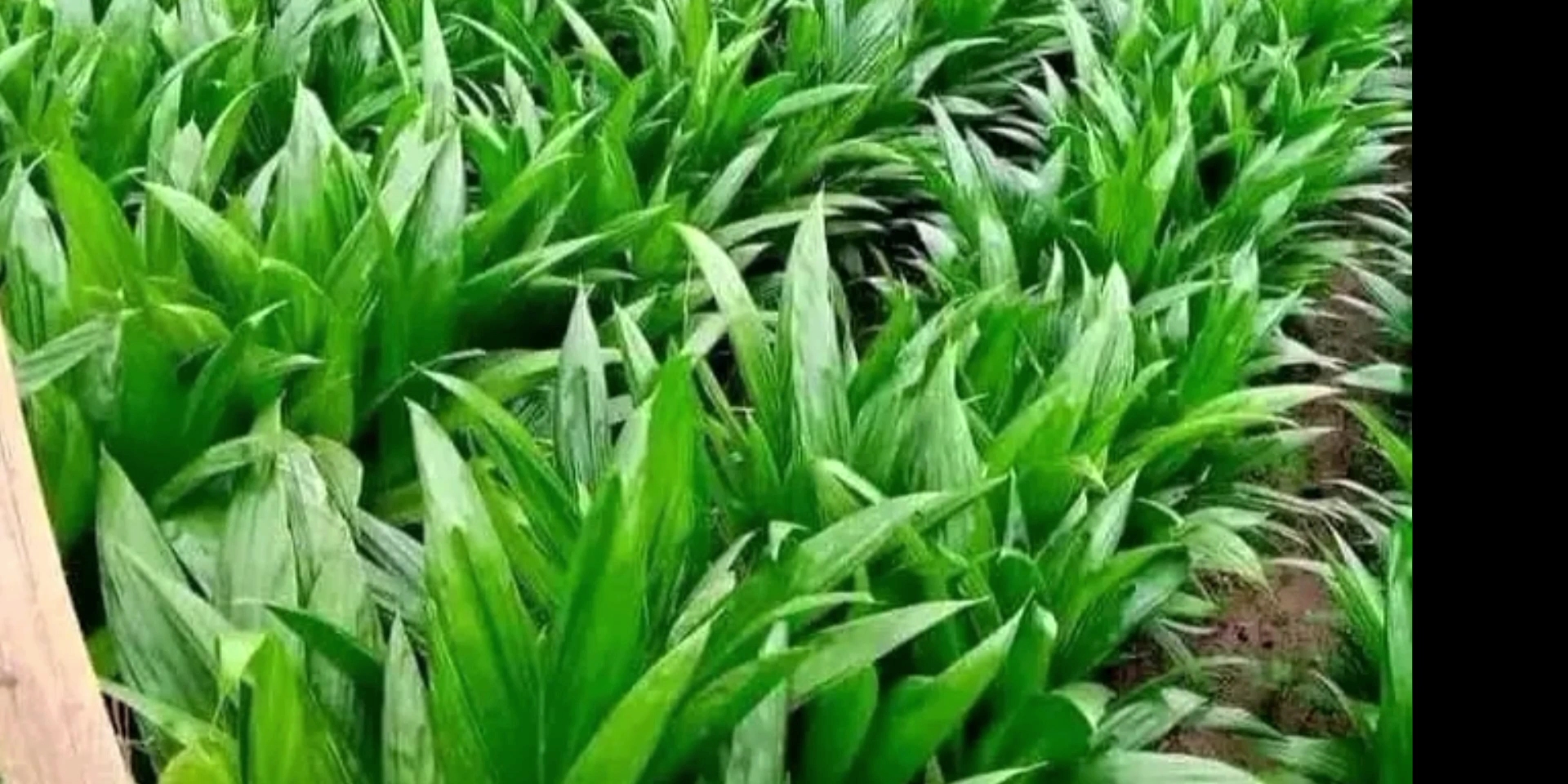Best Vegetables for Beginner Gardening
Introduction
If you’re a newbie gardener, you may feel overwhelmed by all of the information you need to know. However, it does not have to be as frustrating.
Starting with popular, low-maintenance crops is an excellent approach to improve your novice gardening abilities.

List of Vegetables for Beginner Gardening
There are numerous veggies that a novice gardener may start planting, but these are the easiest plants to include into a vegetable garden. They are high in nutrients and may be easily used into a number of recipes.
Leafy Greens
Leafy greens such as spinach and lettuce are summertime favorites and ideal for first-time gardeners.
Leafy greens like lower temperature, thrive in full sun in the spring and fall garden, but will yield nutritious leaves all summer if given moderate shade.
Start lettuce or spinach seeds inside a few weeks before the first frost in your location, or spread them straight in the garden.
If you decide to transfer lettuce or spinach seedlings, take care. Leafy greens are delicate and do not respond well to rough treatment.
Depending on the weather in your location, water leafy greens lightly once a day or every other day.
Greens are prone to root rot, so don’t water them too frequently. You may also plant greens in hills or mounds to help the soil dry up faster.
It is better that spinach and lettuce be planted in the morning. If the ground appears damp from the day before, wait another day before watering again.
Tomatoes
Tomatoes may be the most common garden produce planted today. There are several ways to include tomatoes into a salad, sandwich, or even serve as the main component in a healthy meal. They are an ideal start gardening plant.
Tomatoes enjoy warm temperatures and plenty of sunshine. Give them a sunny area with plenty of space to develop in the garden about two feet apart is ideal.
Tomato seeds can be planted straight in the garden. Tomato plants benefit from vigorous watering daily for the first few weeks after transplanting, then every other day during the growing season.
If the weather is abnormally dry, use large flat stones close to your tomato plants to keep water from evaporating too rapidly.
After a few weeks in the garden, place cages around tomato plants. This helps the plant as its fruits start to mature. Throughout the growth season, you may need to use some yarn or string to secure any loose limbs
Cucumbers
With a few healthy plants, you may easily produce an ample cucumber crop. Cucumber plants are vining and will swiftly take over the garden if not controlled.
Cucumbers dislike chilly weather, just as tomatoes. Start seedlings inside three to four weeks before the first frost.
Cucumber seeds germinate swiftly. Make sure their garden plot is ready soon after they begin planting indoors.
Cucumbers have a high water content, therefore they require enough of water during the growth season. Place cucumber plants in full light and well-drained soil, and water them daily.
As the cucumber plants develop new leaves, simply weave their vines up a trellis. In just a few weeks, there will be more cucumbers than you can use
Pumpkins and Winter Squash
Pumpkins and winter squash are ideal for beginners in gardening. Pumpkins are a sort of winter squash that will vine its way through your garden, so allow them plenty of room. Other popular winter squash types that are simple to cultivate include:
Butternut squash, spaghetti squash and acorn squash are popular in the fall because to their extended growth season compared to summer squash.
There are several methods for preserving winter squash for months, allowing your family to enjoy the tastes of these fresh veggies even in the dead of winter when fresh and local produce is limited.
Winter Squash types (including pumpkins) are very simple to cultivate.
Plant winter squash seeds in the ground after the last frost date, or start seeds inside 2-4 weeks before that date for a faster harvest, as the crops can take 70-100 days to completely mature.
Grow winter squash on hills or mounds, and make sure the soil drains properly. Winter squash prefers steady, thorough irrigation at the root. A soaker hose is a fantastic investment if you want to grow a variety of winter squash in your garden
Zucchini and summer squash
Zucchini is a sort of summer squash that goes well in stir-fry, summer vegetable salads, and baked products.
Similar to cucumbers, you can quickly produce more zucchini than you need with only a handful of plants.
Pepper
Growing peppers is a rewarding experience due to their diverse kinds, shapes, and colors. They don’t require a lot of area, so they’re ideal for growing in a tiny bed or container. Some popular pepper cultivars to cultivate in the garden are:
Bell Pepper
Poblano peppers
Cayenne
Jalapeno
Peppers thrive in warmer temps, so plant seeds inside 2-4 weeks before the last frost date for an early harvest. When daytime temperatures reach the mid to high 60s, it is okay to plant peppers in the garden.
Mulching around the base of your pepper plants can keep the ground cool and wet during the summer. Pepper plants thrive in full light and require around 1-2 inches of water each week.
Once your pepper plants have established, place a stake or tiny tomato cage over them to support the peppers as they grow
Carrot
Carrots are easy to grow and manage, making them ideal for beginners in gardening. Plus, carrots thrive in container gardens as long as they are deep enough.
Carrot seeds are small and should be planted immediately in the garden for early spring and late autumn harvests. Carrots prefer cold temperatures and loose, nutrient-rich soil.
Placed carrot seeds about a foot apart in rows to give them enough space but not so much that you have to worry about weeding the entire area. Weeds surrounding carrots drain nutrients from the soil, crowding the fragile roots.
Carrots require plenty of water to promote root growth. A soaker hose is beneficial for getting water straight to the roots and thoroughly bathing them every one to two days.
To determine the size of your carrots, just scrape away a small amount of earth from the base of the plant. Your carrots should be ready to pick about 6-8 weeks after planting. Gently dig the carrots and wonder at the many shapes and sizes you discover!
Peas
peas are usually the first produce ready for harvest. . Their vibrant green hue twisting up a trellis is a welcome sight after a long winter. They are ideal for novice gardeners. Plant pea seeds directly in the garden 4-6 weeks before your area’s last frost date.
Pea plants like somewhat drier soil. If your garden collects water in the spring, consider growing peas in a container or raised bed. Water pea plants every other day, or when the soil appears to be mainly dry.
Pea plants are vulnerable. Pull weeds by hand rather than using a tiller or weeding device, which may go too deep and harm the roots Picking pea pods off the plant encourages new ones to sprout.
Beets
Beets, like peas, are a cool-season crop with nutrient-rich roots and greens.
Beets grow quickly in loose, well-drained soil.
They prefer a sunny area in the garden. Plant seeds in rows in early spring and again in late summer. Mulching around the plants helps keep the soil wet. To avoid injuring the fragile roots, pluck weeds by hand.
Beets will be ready for harvesting within 50-70 days following sowing. Gently pluck the beetroots from the ground and shake them to remove any loose soil.
Onions
Onions have a long growth season and are often harvested in the autumn. Like other root crops, onions require loose, well-drained soil.
You may grow onions from seed or with a starting bulb set. Start onions from bulb sets since that procedure has proven more successful.
Adding compost between onion rows keeps the ground wet and loose around the bulbs.
When the onion tops have dried and become limp, they are ready to be picked.
Gently loosen the dirt around the bulb heads and lift them from the ground. Onions are best collected in late summer or early fall, as cooler weather cause them to decay.
Green or Pole Beans
Green beans grow fast, making them ideal for an autumn garden or to fill in gaps where other plants did not thrive.
Green beans can be started inside or sown directly outside once the risk of frost has passed.They prefer full sunlight and enough of water throughout the growth season.
Pole beans will need a trellis or other support as they develop, but bush beans require little maintenance. Wait until the beans are solid and snap when picked, but before you notice the seeds within expanding.
Harvest green beans by picking them from the plant. The more you pick, the more the plant produces, so every two days you can harvest beans





